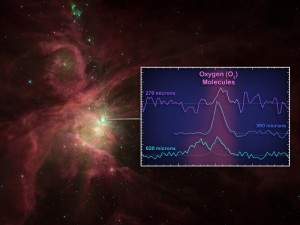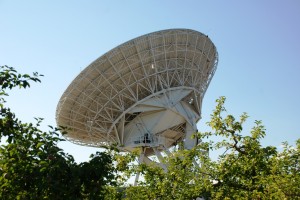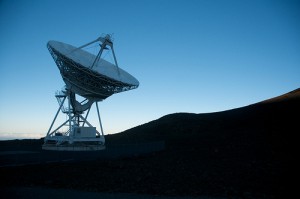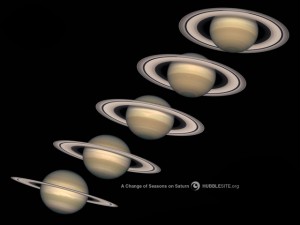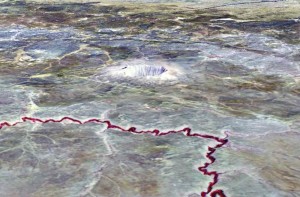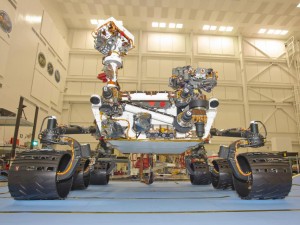Let me take a minute or two to tell you why I was looking at Meteor Crater a few weeks ago. My motivation wasn’t linked specifically to observatories or instruments, but more to the historical ephemera of science and astronomy. But I’m a historian, so that’s okay.
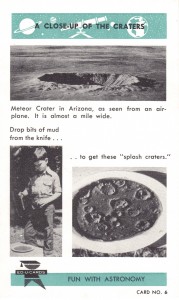
Card No. 6, A Close-Up of the Craters
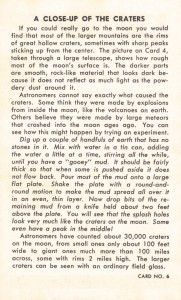
Card No. 6, reverse
This is Card No. 6 from the Ed-U-Cards of Astronomy published by Random House in the 1960s. Random House pretty much had the science and entertainment industries covered with these card collections. I’ve seen Ed-U-Cards of Science (Biology, Chemistry, Astronomy), Ed-U-Cards Baseball Card Game, Ed-U-Cards Book of Knowledge and Ed-U-Cards Quick Draw McGraw Card Game (which I totally want!). I happen to own the Astronomy set.
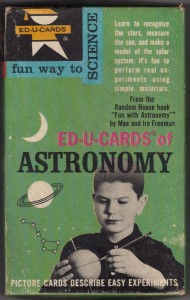
Box Cover
Considering they were written in the 1960s, they’re amazingly relevant. Okay, the card on the expanding universe doesn’t include new thinking about the moment of inflation or the competing theories on the expand/collapse of the universe. It did, however, include a description of the balloon experiment, which I found super useful as a youngster trying to understand the expansion of space.
Most of the cards have useful activities for children: how to find Arcturus by using handle of the Big Dipper as a guide; how to recreate the phases of the moon with a ball in motion; how to draw a model of our solar system.
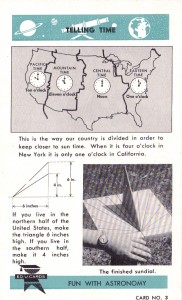
Card No. 3: How to Make A Sundial
The front side of Card No. 3, Telling Time, provides a graphic for U.S. time zones (drawn before the State of Indiana really messed things up for its citizens) and a picture of a rough sundial.* On the reverse is a basic explanation of keeping solar time and instructions for making a sundial out of cardboard or wood.
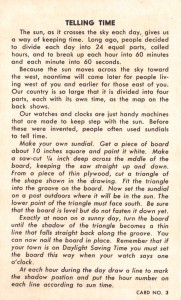
Card No. 3, reverse
The sundial won’t be accurate to the second, or even the minute, but as I found out while constructing a model astrolabe, while you can buy a sundial off the internet, you’ll learn more if you build the instrument yourself.
These cards are still available here and there. My word of caution: don’t buy them from the folks who are charging multiple dollars for a single card on E-bay. They are completely ripping you off.
*You can tell the photos are from the distant past because the kid’s wearing a wristwatch, not checking his smart phone for the time of day.
——————————–
ETA: the photos referred to in the comments section for this post, 29 Jan 2012:

Bottom edge of Astronomy ED-U-CARD box

First page of Astronomy ED-U-CARD pamphlet
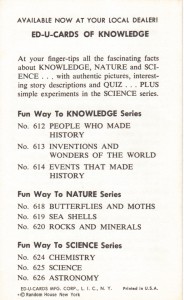
Last page of Astronomy ED-U-CARD pamphlet
